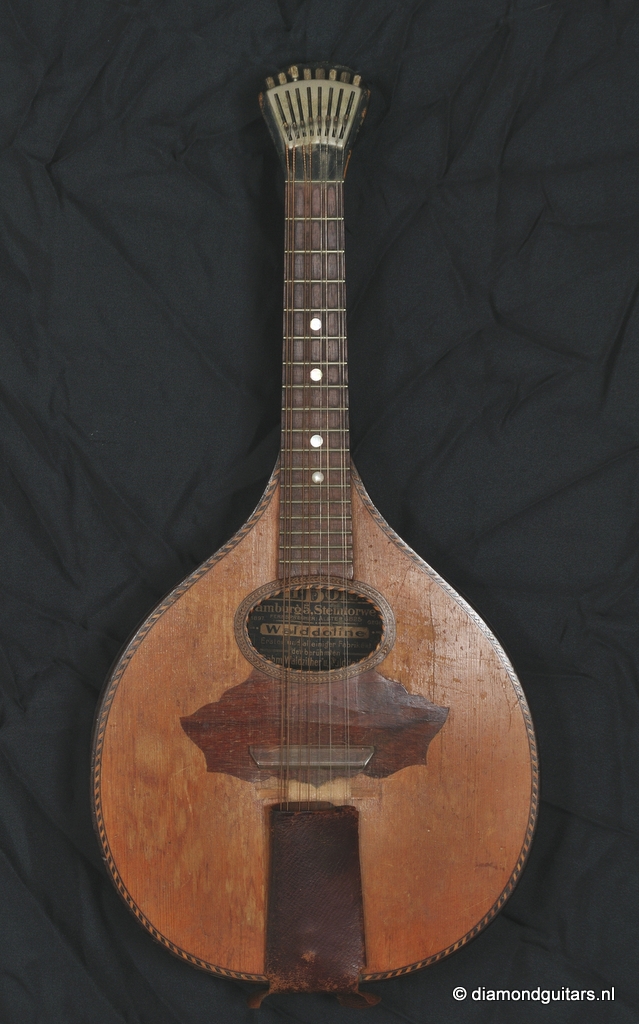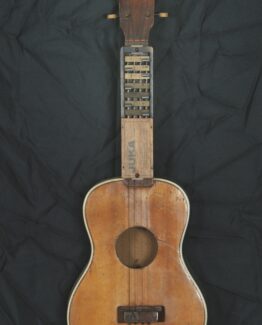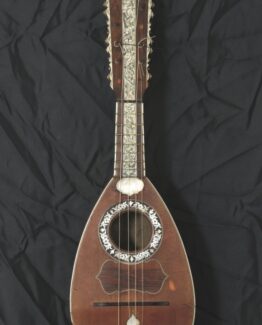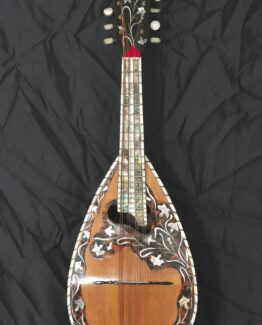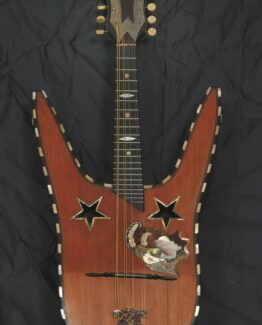Description
This collection of 8 cittern (or cistre, cítara, Zister) r is one of those “forgotten cousins” of the guitar and mandolin family that went through a fascinating revival at the end of the 19th and early 20th century.
The cittern originated in the Renaissance (16th c.) as a wire-strung, flat-backed relative of the lute. It nearly disappeared by the 18th century, but in the 19th century several revivals and reinventions appeared in Europe, adapted for new popular and folk music needs. Between 1850–1930, different regions developed regional cittern-types with unique tunings and shapes. By 1930, most cittern types had faded in popularity, replaced by mandolins, guitars, and banjos in popular music.
The cittern (1850–1930) was not a single instrument but a family of wire-strung, flat-backed lutes that lived on in regional forms. The Citern bridged Renaissance tradition and modern folk music, a forgotten ancestor of today’s “modern citterns” used in Celtic and folk revival contexts. Survivors are the Portuguese guitar which lives on as an active, prestigious cittern descendant. But also Folk citterns in Scandinavia and Germany survive in regional traditions. Modern “citterns” (revived in the folk boom of the 1970s) are inspired by these older instruments.

